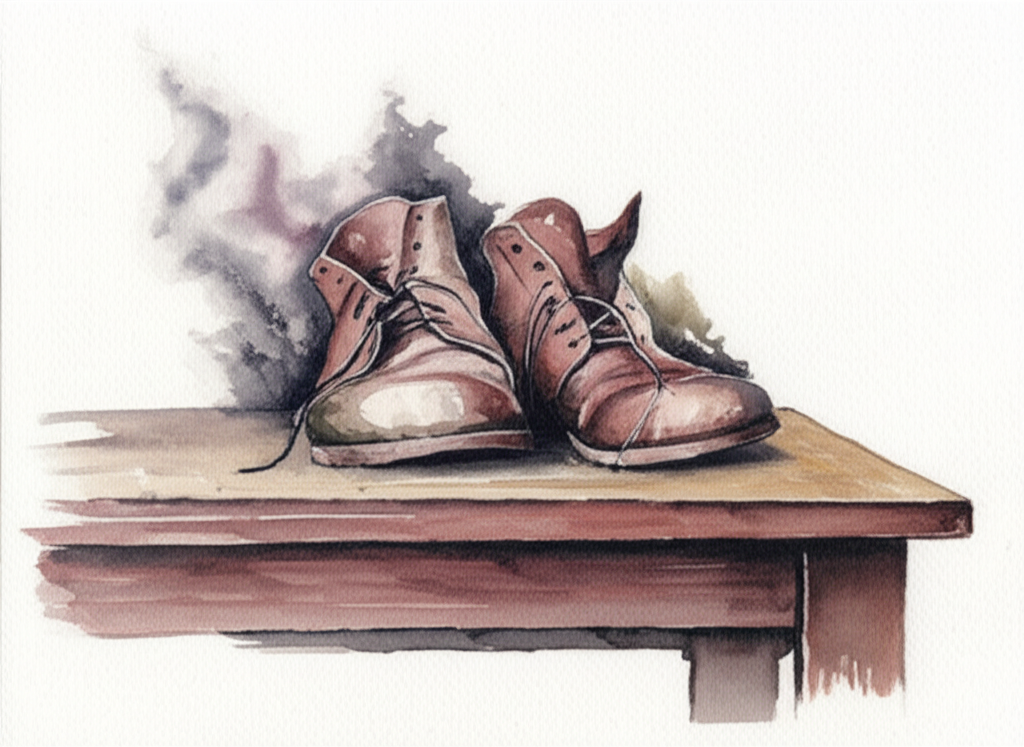
The superstition that placing shoes on a table brings bad luck is a long-held belief, primarily observed from the late 1800s onward. While its precise origins remain shrouded in mystery, the notion has persisted across cultures and generations, carrying a weight of potential misfortune. This article delves into the historical background, cultural context, and various interpretations of this enduring superstition.
The recorded history of this superstition is relatively recent, with the earliest documented instance appearing in 1869. This late emergence has led to theories suggesting a practical origin, such as the aversion to dirty shoes contaminating a table used for dining. However, this explanation is somewhat undermined by early accounts that specifically attribute the most severe consequences to placing new shoes on a table.
The repercussions of this act range from relatively minor disputes to ominous prophecies of death. Several macabre origins have been proposed to account for the superstition’s gravity. One theory links it to a fear of the gallows, stemming from the (unsubstantiated) idea that hanged prisoners wore shoes, and their toes would tap against the platform as the noose was loosened. Another potential origin lies in the tradition of preparing a corpse for burial, where new clothes, including shoes, would be placed on the deceased laid out on a table in the family home for a wake. A further explanation connects the superstition to mining communities, where the tragic news of a miner’s death was often delivered to the family by placing the deceased’s boots on the table.
Despite the varied and compelling nature of these explanations, concrete evidence supporting any single origin remains scarce. The lack of a definitive source, however, has not diminished the superstition’s influence. Sir Charles Igglesden, in his 1932 folklore collection, Those Superstitions, recounts a story about Arthur Wellesley, the Duke of Wellington, a prominent British figure and victor of the Battle of Waterloo. The tale illustrates the strength of the superstition, stating that the Duke immediately dismissed a long-serving employee for placing his boots on a table.
In modern interpretations, while fewer people may strictly adhere to the superstition, it continues to be recognized and, in some cases, cautiously observed. For those who believe in the potential for bad luck, certain countermeasures exist. One remedy involves spitting on the soles of the shoes, an act traditionally associated with warding off evil. Another preventative measure requires the individual who placed the shoes on the table to be the one to remove them, thereby mitigating the potential negative consequences. Ultimately, the superstition of placing shoes on a table remains a fascinating example of how cultural beliefs, historical anecdotes, and symbolic associations can intertwine to create lasting traditions.